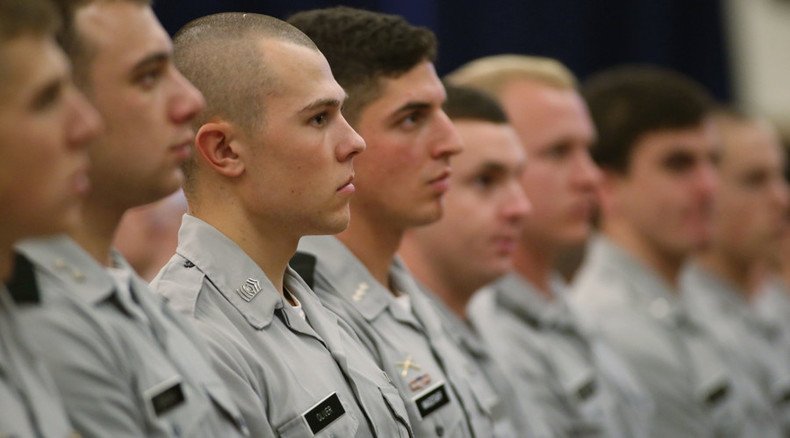Watchdog group says 80% of Army contracts duplicate gov’t services

A watchdog group found that 80 percent of Army contracts were for services already being provided by the government. The Navy and other agencies reported about 13 percent in contract services duplication, according to the Government Accountability Office.
In its November report, the GAO found that the Department of Defense (DOD), which is responsible for more than half of the federal government’s discretionary spending, kept inaccurate records and duplicated government services when contracting.
.@USGAO: @DeptofDefense should review inventory of contracted services
https://t.co/x7Dk2Q374C
#GovCon
— ExecutiveGov (@ExecutiveGov) November 20, 2015Only federal employees can perform functions such as conducting criminal investigations, making policy and budget decisions, carrying out intelligence operations, making hiring decisions, and choosing supplies to be purchased, while contractors inherently support much of that work, the GAO said. The problem is that the Pentagon doesn’t always adequately review which services are closely associated with government functions in order to mitigate risk and waste.
GAO: DoD Should Review Contracted Services Inventory | Executive Gov https://t.co/Wuk5Re0zgD
— Denise DeFilippo (@DeniseDeFilippo) November 20, 2015The GAO review began seven years ago following what the Office of Management and Budget called in 2011 “uncontrolled growth under the prior administration [Bush Administration],” when one in six federal dollars was contracted out.
“[DOD] has continued to lack the means to reliably identify functions performed by contractors,” the GAO report stated.
The Defense Department spent $161 billion on 641,000 service contracts, according to the GAO. A review of reports from the US Army, Navy, and Air Force for fiscal year 2013 found sharp disparities in how much of the billions spent was for work closely associated with government functions. For the Army, almost 80 percent of the $9.7 billion spent on service contracts was considered close to inherent government functions, compared to 13 percent of the $10.7 billion spent by the Navy and other DOD agencies.
#Obama announces $561bn Pentagon budget, advocates say real budget more like $1trn http://t.co/5u9OmWz00Zpic.twitter.com/rsDp7Kjb0Q
— RT America (@RT_America) January 30, 2015According to the report, the GAO looked at 28 contracts and determined that 12 were for services which should have been an inherent government function. Of those 12, only one was properly identified as providing such a duplicate service before the contract was awarded, and two were recognized as redundant during the review process.
The GAO also found the Air Force had failed to submit a letter certifying it had fully received its contracted services inventory for the year, the second consecutive year in which the agency had neglected to do so. The Air Force gave no reason for the lapse.
The GAO argued that the DOD needs better review guidelines for contracts. It said none of the military departments had developed plans for the use of contracted services for planning and budgetary decisions, nor had they appointed an accountable official to help do so. The departments had not outlined the relationships between management support offices, military departments, and other stakeholders to facilitate data collection and decision-making processes.
Investigation finds Pentagon incapable of managing its budget, doctoring financial documents for Treasury http://t.co/uXYVL47waJ
— RT America (@RT_America) November 18, 2013The Pentagon agreed with the GAO’s recommendations and noted that it was currently working on documentation that, once completed, will provide “clear instructions” for identifying those supporting government functions.
The latest GAO report comes on the heels of one last month that found the government, through the Defense Department, NASA, and the Department of Homeland Security, was “diminishing” its buying power by duplicating contracts for IT services – possibly wasting $30 billion of its US IT acquisition budget.
“Most of these agencies’ efforts to strategically source IT services have not followed leading commercial practices, such as clearly defining the roles and responsibilities of the offices responsible for strategic sourcing; conducting an enterprise-wide spend analysis; monitoring the spending going through the agencies’ strategic sourcing contract vehicles; or establishing savings goals and metrics,” the report stated.
“As a result the agencies are missing opportunities to leverage their buying power and more effectively acquire IT services.”











